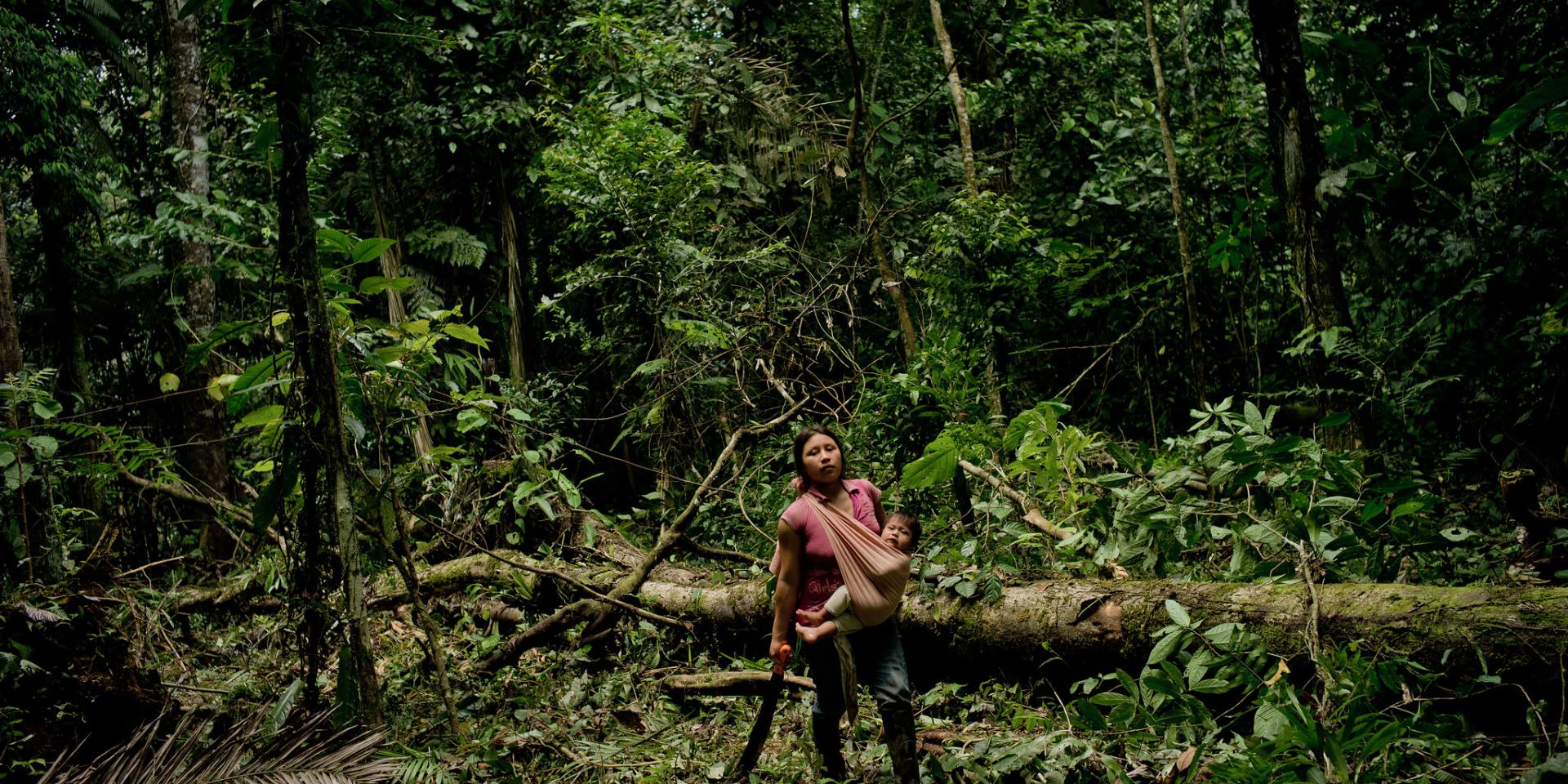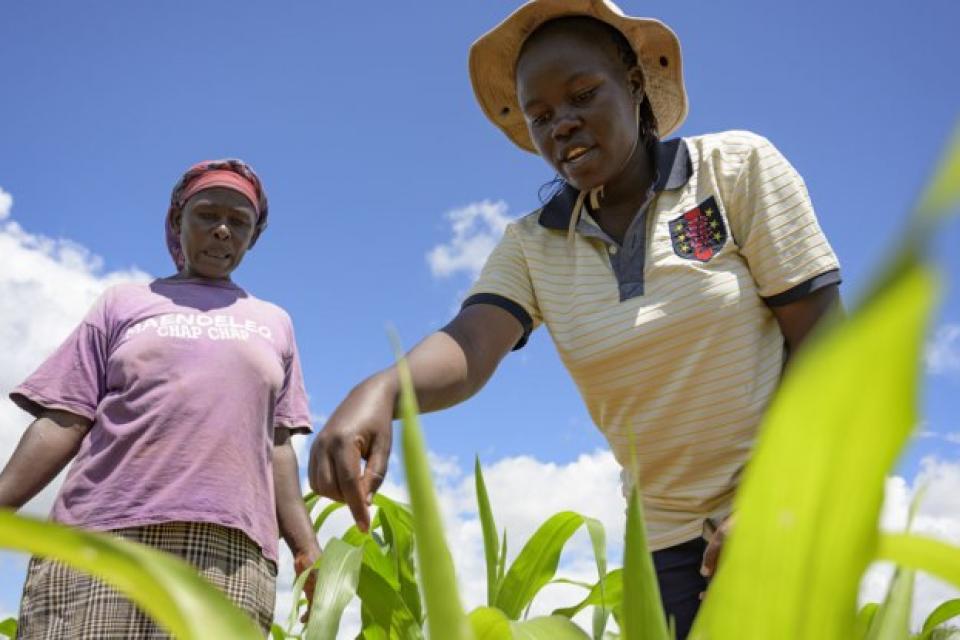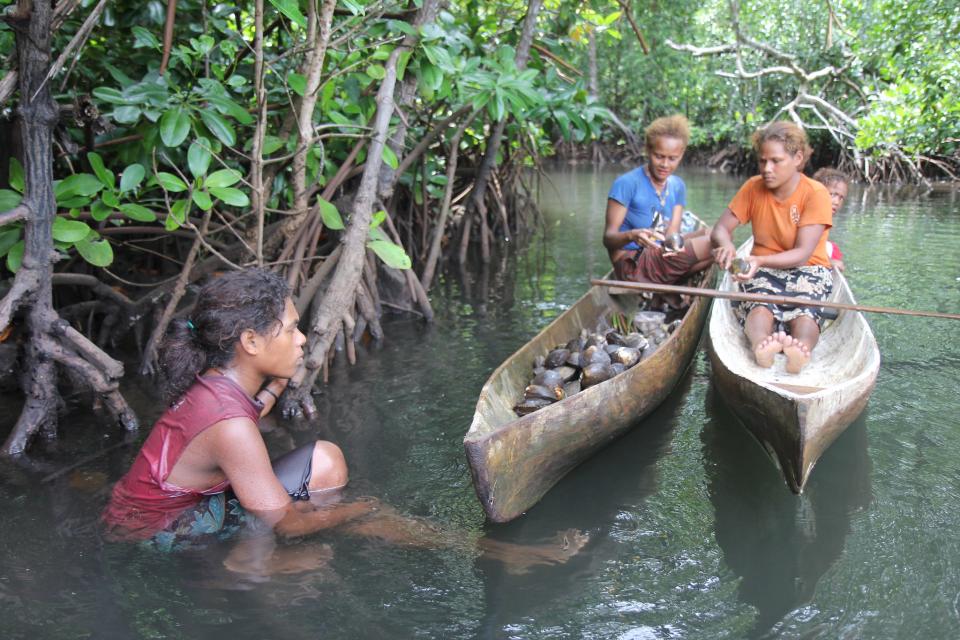The forgotten half? Re-centring women in sustainable forest management and development in Africa.

A Kichwa woman takes a rest from cutting down the forest. They are clearing an area to sow corn to feed their livestock near the Napo River in Orellana, Ecuador.
Photo Credit: Tomas Munita/CIFOR.
Women are the primary consumers of forest products in developing countries – particularly woodfuel, food, natural medicines, and water. But they continue to be side-lined in forest management, despite decades of efforts to mainstream their involvement.
In Africa, activities along the forestry value chain tend to be differentiated along gender lines, with distinct roles for men and women in these operations. They also tend to have different interests in forest and tree goods and services, with women mainly concerned about the supply of food and energy for their households, and commercial interests primarily driving men. Hunting and fishing are typically men's domains, while women tend to collect edible forest plants, fruits, and medicines. They often have substantial knowledge on identifying and preparing nutritious forest foods to enhance the nutrition and health of their households.
One reason for this labour distribution is that commercial forest products such as timber and charcoal require physically taxing equipment such as machetes, axes, and saws, which are commonly regarded as part of the male domain. In addition, forested areas are often considered to be more unsafe for women than for men. Consequently, women are often pushed to shorten their time spent in the forest, which limits their options to those categories of forest products that can be quickly harvested and transported for processing at home, such as fuelwood, forest foods, medicine, resins and dyes. Nevertheless, women's income from these activities adds significantly to their households’ purchasing power.
Because of what they gain from forest ecosystems, women across the continent play a key role in managing forests and forest products. They have traditional knowledge of forest rehabilitation activities, managing forestry products, and improved forest governance, including executing management plans.


